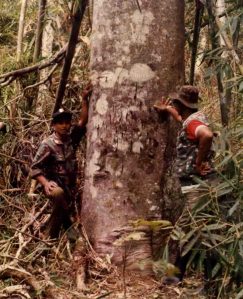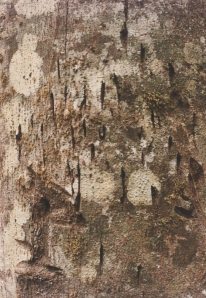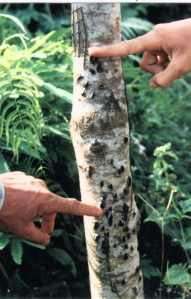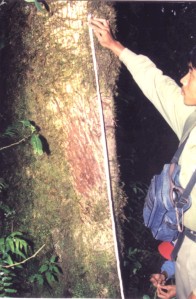Kamis, 29 April 2010 | 12:43 WIB
Cirebon, Kompas - Kerusakan lingkungan karena pembukaan tanah, penggalian, serta pencucian pasir di sepanjang Sungai Cisanggarung perbatasan Cirebon-Kuningan disinyalir menjadi salah satu penyebab pendangkalan Sungai Cisanggarung dan Ciberes di Cirebon wilayah timur. Masyarakat minta penggalian pasir ilegal tidak hanya ditutup, tetapi juga diproses secara hukum jika merusak lingkungan. Dari pantauan sepekan terakhir hingga Selasa (27/4), praktik penggalian pasir di Daerah Aliran Sungai Cisanggarung dan Ciberes tak hanya terjadi Bukit Azimut, Kecamatan Waled, Kabupaten Cirebon. Hulu Cisanggarung di Kuningan, sekitar Blok Putersari, Desa Cikeusik, Kecamatan Cidahu, juga dirambah. Luasnya bervariasi, 1-5 hektar. Penggalian Bukit Azimut dua tahun lalu sempat ditutup Pemerintah Kabupaten Cirebon. Namun, penggali ilegal terkadang masih memanfaatkan pasirnya untuk digali secara manual.
Menurut aktivis lingkungan Petakala Grage, Deddy Madjmoe, penggalian di sejumlah daerah itu disinyalir menjadi salah satu penyebab dangkalnya Sungai Ciberes dan Cisanggarung. Sebab, beberapa di antaranya mempunyai tempat pencucian pasir di sekitar Sungai Cisanggarung. Pencucian ini menyebabkan lumpur galian mengendap di sungai dan membentuk sedimen.
Daerah bekas galian pasir juga tak bisa menyerap dan penyimpan air sehingga air dengan mudah mengalir membawa lumpur ke daerah sungai.
Aktivis Masyarakat Pecinta Sungai, Bambang Sasongko, meminta pemerintah mengkaji penggalian pasir yang merusak lingkungan. "Kalau ilegal, jangan hanya ditutup, tapi diajukan ke pengadilan. Selama ini apa pernah kasus galian pasir ilegal masuk ke pengadilan? Yang ada hanya ditutup, besok pasti ada lagi," katanya.
Berlubang
Selain menyebabkan pengendapan, penggalian pasir dikeluhkan warga karena merusak jalan. Jalan penghubung kecamatan di wilayah timur Cirebon rusak dan berlubang-lubang. Jalur tersebut banyak dilalui truk pengangkut pasir.
Warga Desa Cikulak, Kecamatan Waled, bahkan sempat menanam pohon di lubang jalan di depan RSUD Waled, beberapa waktu lalu, karena kesal akibat rusaknya jalan.
Menurut Adang, warga Cikulak, selama pembangunan Tol Kanci-Pejagan, setiap hari ada sekitar 100 truk yang mondar-mandir membawa material dan pasir melewati jalan-jalan di wilayah timur. Pascapembangunan Tol Kanci-Pejagan, jalan kabupaten dan provinsi itu masih saja dilalui truk pasir. Bahkan truk pasir lewat tanpa penutup bak sehingga debunya bertebaran.
Kepala Badan Koordinator Pembangunan dan Pemerintahan Wilayah III Cirebon Ano Sutrisno mengatakan, persoalan pendangkalan sungai dan kerusakan jalan akan dibahas menyeluruh dengan berbagai instansi. Normalisasi sungai akan dilakukan pemerintah pusat karena butuh dana triliunan rupiah.
"Pendangkalan bukan masalah kecil, menyangkut hubungan antardaerah dengan dana yang tinggi. Penambangan pasir harus segera ditutup jika ilegal. Kalaupun berizin, namun merusak lingkungan, juga harus ditinjau ulang," katanya.
Ano mengakui, truk pasir yang melintasi wilayah timur sering kali kelebihan muatan. Hal itu menyebabkan jalan-jalan di wilayah timur rusak karena tidak didesain untuk menahan berat lebih dari 10 ton. (NIT)
http://cetak.kompas.com/read/xml/2010/04/29/12432383/penambangan.picu.sedimentasi.































